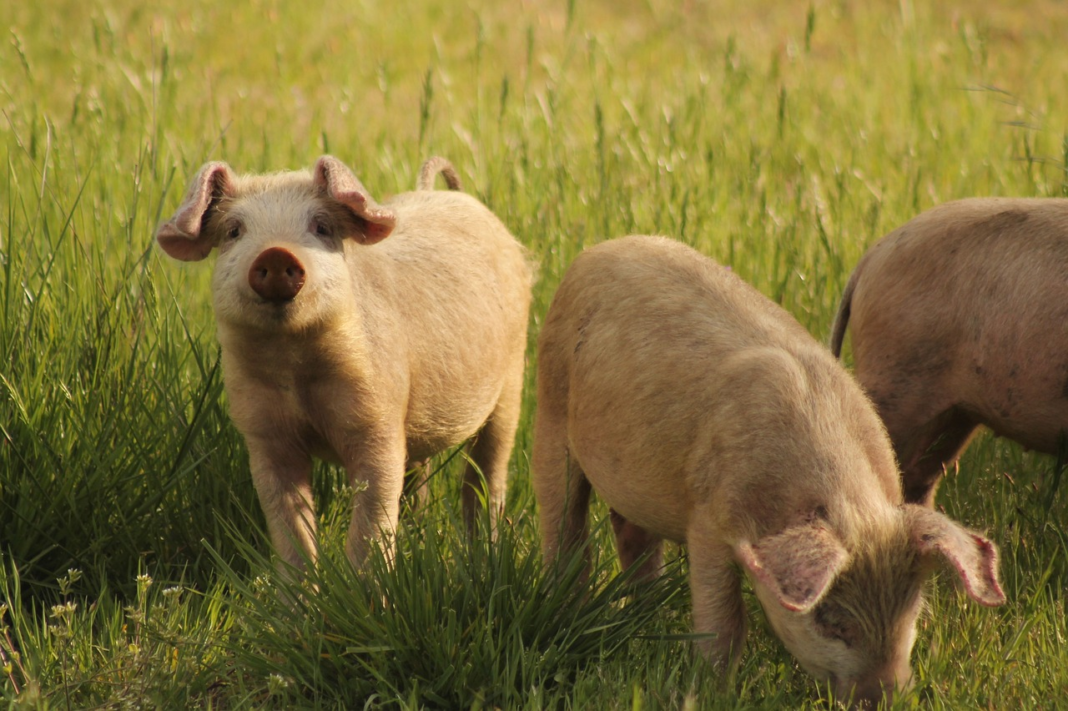Porto Alegre, October 03th, 2024 – Live pigs and the main wholesale cuts showed highs in September, marking the fifth consecutive month of highs. The average price per kilogram of live pigs traded in the Center-South of Brazil is BRL 7.64 in September (preliminary), the second-highest level in history, behind only November 2020, when it reached BRL 8.06. Compared to BRL 7.30 last month, there was an increase of 4.68%. Compared to BRL 5.96 in September 2023, the high reaches 28.08%. Meanwhile, the average price per kilogram of carcass traded in the region is at BRL 12.84 over the month, up 36.38% from BRL 9.42 registered in September 2023.
It is worth noting that from the second half of the month onward, prices stabilized, with only occasional movements, even though there are signs of tight supply and demand. The highs registered since July have been significant and it is natural that at some point the price transfer will become more difficult. Pork is the third most popular meat among Brazilian households, an important fact for understanding the dynamics of the market. When there is consistent growth in pork, the portion of the population with lower purchasing power migrates to chicken.
In any case, pork cuts may set new highs until the end of the year as consumption historically peaks between November and December due to greater capitalization of families, with the thirteenth salary and bonuses boosting the economy, and the Christmas and New Year celebrations. Another point that may help is the situation for beef, which has been showing firm prices, with a tighter domestic supply. The bad weather is impacting pastures in the country and it is unlikely that there will be animals on pasture at a good level at the end of the year. The possible stress on beef cuts could lead to an increase in the attractiveness of pork during the period. The fattened cattle cycle will be an important factor and could help pork in 2025.
In September, there was great speculation about the inputs used in feedstuff, however, the trade ratio remained favorable for Brazilian pig farming in September. The average price of a bag of corn (60 kilograms) in the Center-South of the country in September (preliminary) is BRL 61.54, an increase of 5.47% over the previous month, when the average was BRL 58.35. At this moment, for corn, attention is focused on the weather, strong exchange rate volatility, and export parity. It is worth noting that the dollar has a positive impact on Brazilian pork exports, with increased competitiveness on the international market, but on the other hand, it could negatively impact the evolution of production costs.
With an increase in the average price of live pigs and corn of almost the same magnitude, the exchange ratio in September is at 7.45 (that is, with the value of 1 kilogram of pork one can buy 7.45 kilograms of corn), a healthy level, slightly below the 7.51 registered in August. The exchange ratio in this second half of the year is at its best levels since 2019. At the worst moment of the recent crisis, between 2021/22, the ratio varied between 3.19 and 4.83.
The exchange ratio for live pigs against soymeal, on the other hand, is at 3.76 in September, the highest level of the year. With healthier exchange ratios and a return to profitability, it is natural to expect increased investments and measures aimed at greater returns for pig farming. Pig farmers tend to increase the average weight of pigs, a measure that helps to dilute the cost per head. With a favorable cycle, large industries may seek to expand housing. The cycle is favorable and even if inputs are adjusted, Brazilian pig farming margins tend to remain favorable. The point of attention is the first four months of 2025, when domestic demand for pork is weaker and the expectation for the summer corn crop is discreet, which may put pressure on the exchange ratio. As previously mentioned, the more difficult scenario for beef may help, attracting demand for pork cuts and mitigating possible price lows. While corn should have a tighter supply in the first half of 2025, on the other hand, a large soybean crop is expected, barring weather developments. The evolution of the weather, exports, and the dollar should be closely monitored until then.
Safras News

